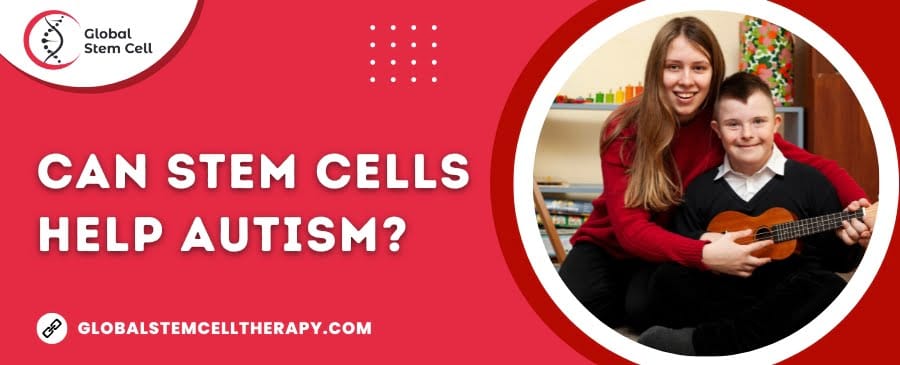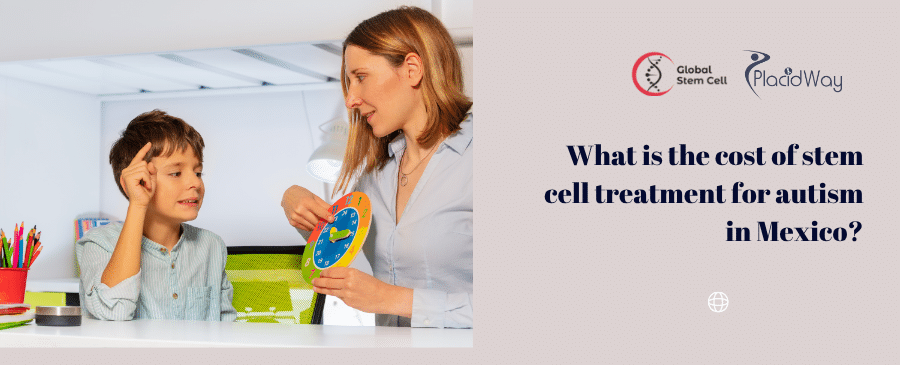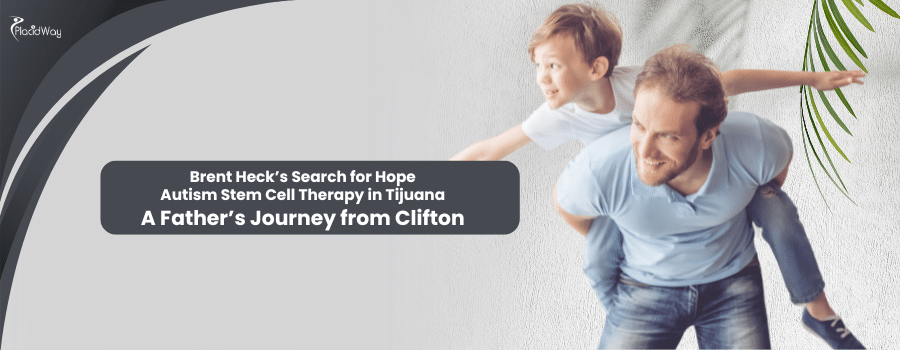
Investigating the Possibility of Stem Cell Therapy for Autism
Autism Spectrum Disorder (ASD) is a complex neurodevelopmental disorder that affects communication, social interaction and behavior. Despite extensive research, the exact cause of autism is still unknown and there is no cure for this condition. However, the scientific community is exploring new avenues of treatment, including the use of stem cells. In this blog post, we will examine the potential of stem cells in helping individuals with autism.
What are Stem Cells?
Stem cells are unique cells in the body that have the ability to differentiate into different types of cells, such as brain cells, heart cells, and muscle cells. They also have the capacity to self-renew and produce an unlimited supply of new cells. This makes them a promising therapeutic option for a wide range of conditions, including autism.
Potential of Stem Cells in Autism
There is growing evidence that autism is caused by a combination of genetic and environmental factors, which can lead to changes in brain development and function. Stem cells have the potential to restore normal brain function and address the underlying causes of autism by generating new brain cells and improving neural connectivity.
Studies have shown that stem cell therapy can improve the symptoms of autism, such as communication and social skills, as well as reduce anxiety and aggression. Additionally, stem cells have been shown to improve cognitive function, which is often impaired in individuals with autism.
How are Stem Cells Used in Autism Treatment?
There are different methods for using stem cells in the treatment of autism, including:
- Transplantation of stem cells: This involves transplanting stem cells directly into the brain or spinal cord to replace damaged or lost cells.
- Stem cell-derived therapies: This involves using stem cells to produce specific cells or tissues, such as neurons or glia, which can then be transplanted into the body to restore normal function.
- Systemic Administration: This involves administering stem cells intravenously, where they can then migrate to the affected areas of the brain and improve function.
While there is still much to be learned about the use of stem cells in the treatment of autism, the potential benefits are promising. Stem cell therapy offers a new approach to addressing the underlying causes of autism and improving symptoms, which could lead to better outcomes for individuals with this condition.
For more details about Stem cell therapy for Autism and stem cell clinics, Contact us today:






